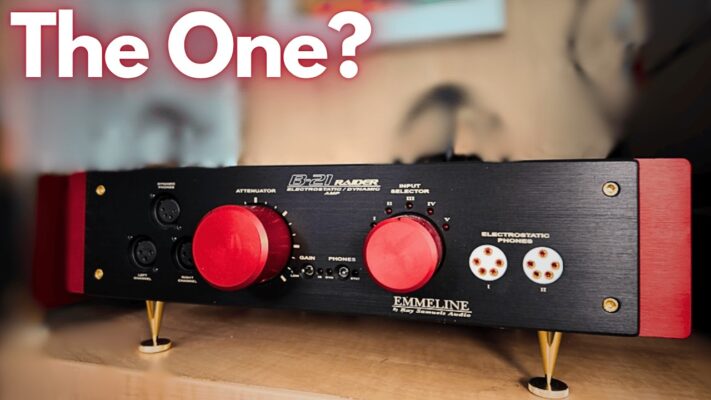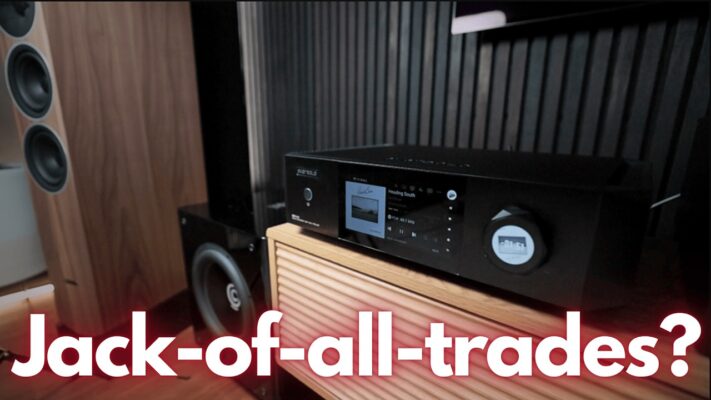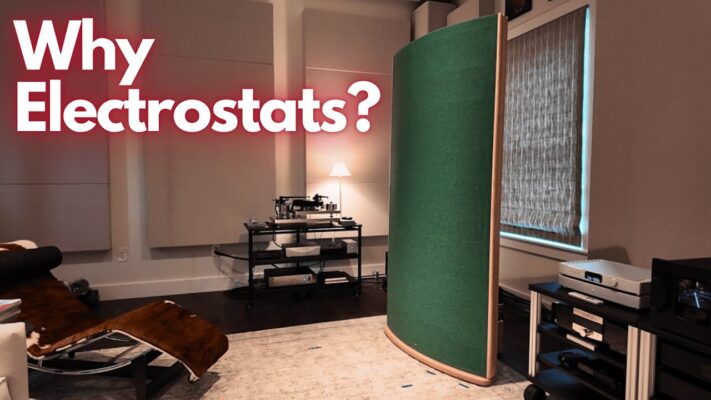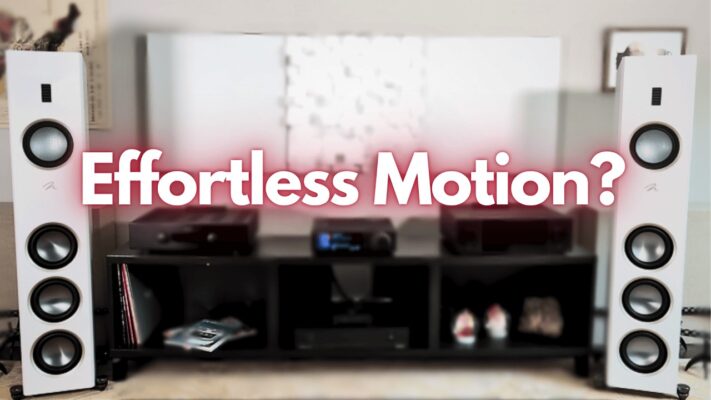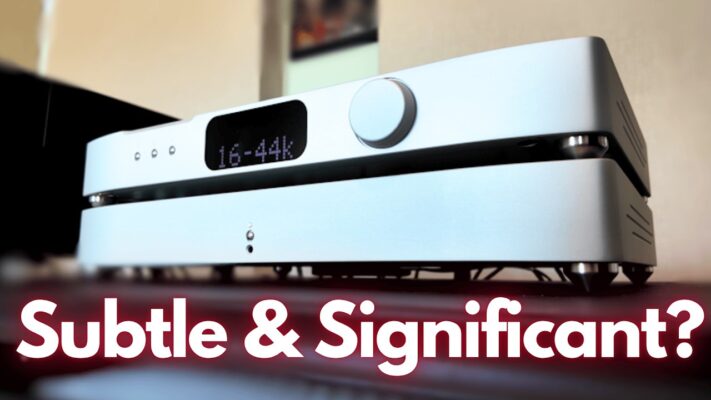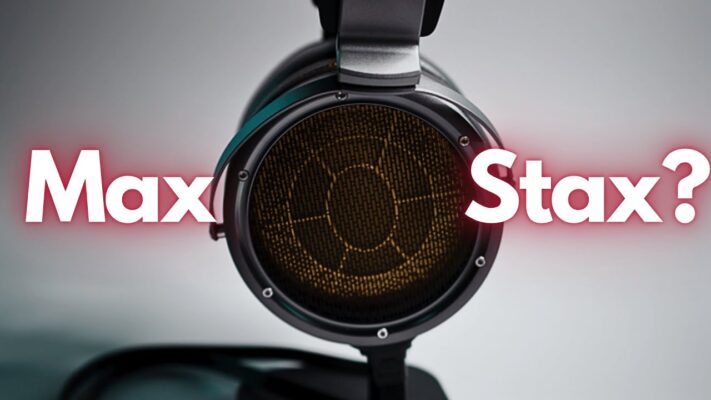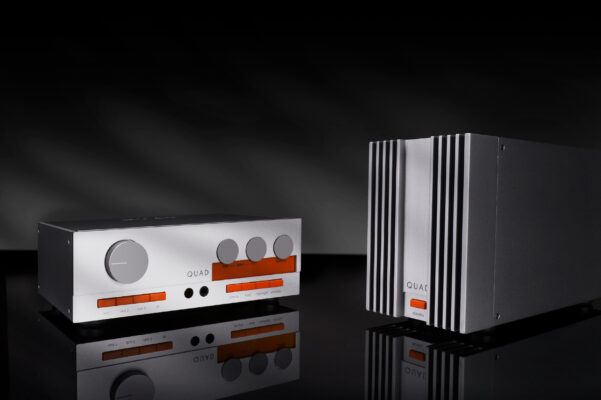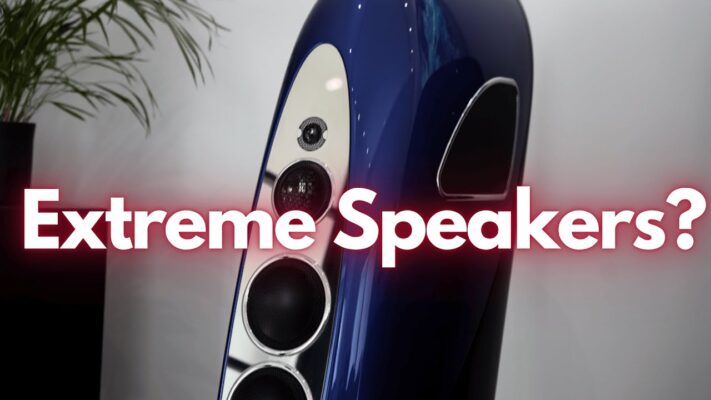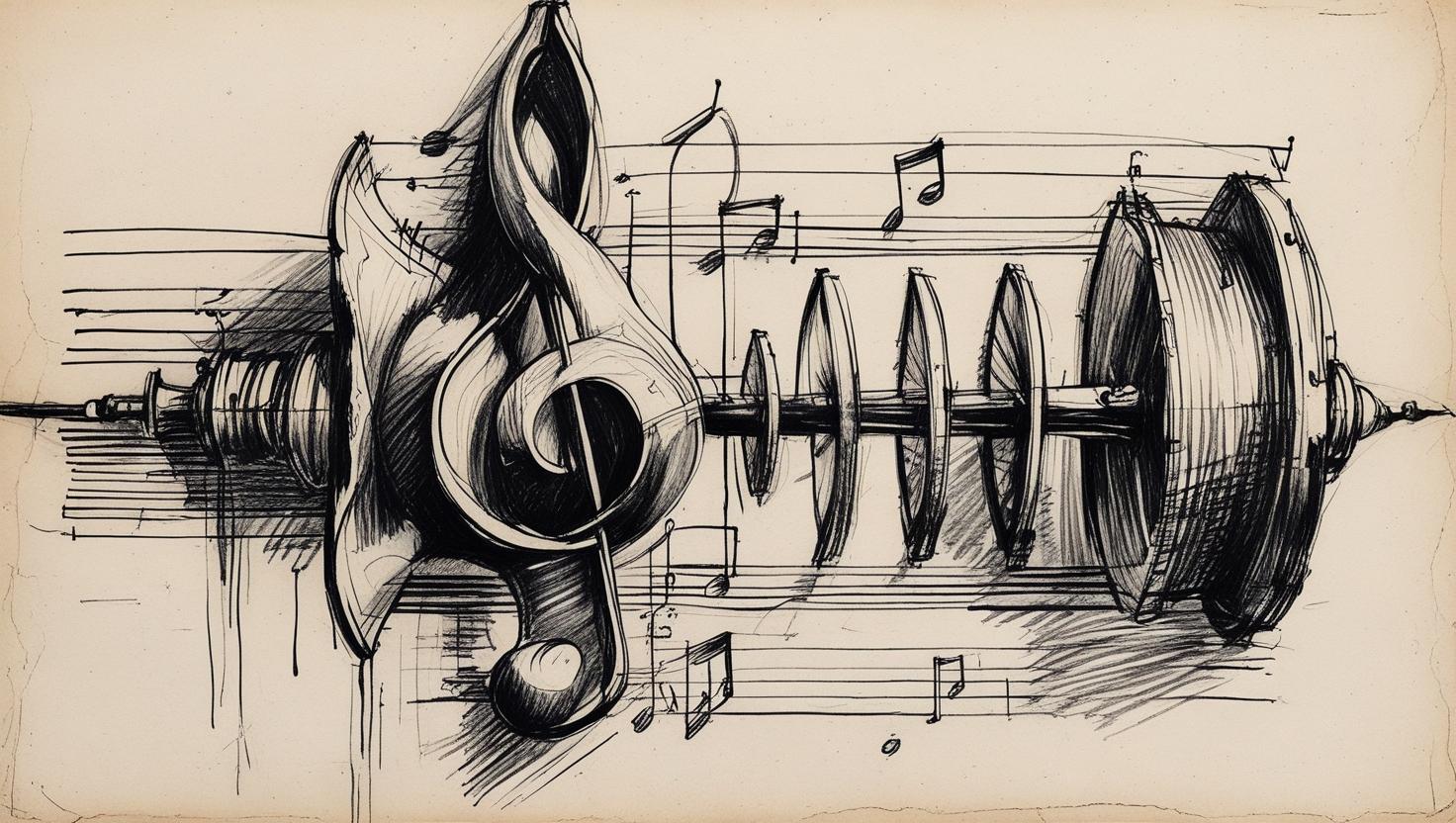
In order to communicate about the quality of music reproduction we experience listening to audio gear, we need some terminology. This article explains how the terminology we use for The Absolute Sound’s reviews and articles is based in a fundamental set of audible parameters, or is based on “The Physics of Describing Music Reproduction”. This sounds fancy, but it is really quite simple.
We start by describing how a listener experiences music. Imagine that you are seated in a concert hall or a club listening to a band or orchestra. You will notice, if you think about it a bit:
- The frequencies of the music being played. Music is made up of waves, and waves have frequencies, which simply define how slowly or quickly the waves fluctuate. When listening, you probably won’t be able to say what the numeric frequencies are (e.g. 1261 Hz or 358 Hz). But you will immediately sense that a bass guitar is playing low frequencies (bass), and a female singer is singing midrange frequencies, and a cymbal or piccolo is playing high frequencies (treble).
- The dynamics of the music being played. You will of course notice how loud the music is, and you will easily notice that stadium rock and club jazz are played at different levels. Because you can easily perceive the loudness of the music (aka its “volume”), you can also easily perceive changes in the loudness. We call these changes “dynamics”, and dynamics are a fundamental element of music, since tones played with no loudness variation would be…boring.
- The locations of the instruments or performers. In the performance we’re imagining you attending, you will be able to locate approximately where the performers are. If you are in the third row center, and the piano is on the left and the drums are on the right, you will be able to hear the piano as being to the left and the drums to the right (and the vocalist to the center, etc). When we are describing music being reproduced, we describe this kind of location information as the “soundstage”. It is the virtual sense of the performers being located in space as in a concert. This ability is why we have stereo equipment, not monophonic equipment.
- The type of performance venue you are in. At a concert, you will be able to sense where the club or hall is big or small. You know this because your ear and brain process the reflections of music off the walls of the venue differently than they process the music arriving directly from the performers. This difference lets you know the kind of venue you are in. We call this sense of venue size “soundspace”.
- The purity of the performance sound. You will know if the performers are using equipment with a lot of distortion because you know, for example, what pure singing sounds like and thus you can easily detect distortion from mics and amps and PA. It can be hard to know if the distortion is intended or not, or course. You will also know if the equipment the performers are using has artifacts as well. Artifacts are odd sounds unrelated to the music, like feedback. Again, sometimes these could be artistic choices, but often are not. Noise is a special type of artifact that isn’t added necessarily by the performing equipment, but may be from the audience or the local environment. Extending these ideas to your listening, we want a high level of purity in reproduced sound because distortion and artifacts added by the stereo gear are a distraction from the music and were not intended to be there.
- The timing of musical sounds. Music consists of notes played at certain times. In a concert setting you will know or sense if the performers aren’t synched in time. You will know for example if the drummer can’t maintain a steady beat. You will know if the first violins don’t play their phrases together. Timing is so essential that it is a big difference between professional and amateur musicians. Your stereo has timing attributes as well, and we want those to be as “aligned” as possible. When the equipment does timing right, the sound is more natural and relaxed.
That’s pretty much it. Now, there are multiple words used to describe different errors made in each of these areas by stereo equipment. For definitions of those various words, see the Glossary: Sound Quality in the Audiopedia section of TheAbsoluteSound.com.
But the words all tie back to these basic observable elements of listening to music, defined by the physics of music and the psychobiology of hearing. The words aren’t gobbledygook or an advertisement, they point to observable phenomena that humans (i.e. you) can perceive and describe.
If you are curious why we don’t use quantitative measures as the primary means of communicating sound quality, please see our Audiopedia article on our review methodology.
By TAS Staff
More articles from this editorRead Next From Blog
See all
An Immersive Masterpiece
- Jul 01, 2025

Detailed Frequency Ranges of Instruments and Vocals
- Jun 05, 2025
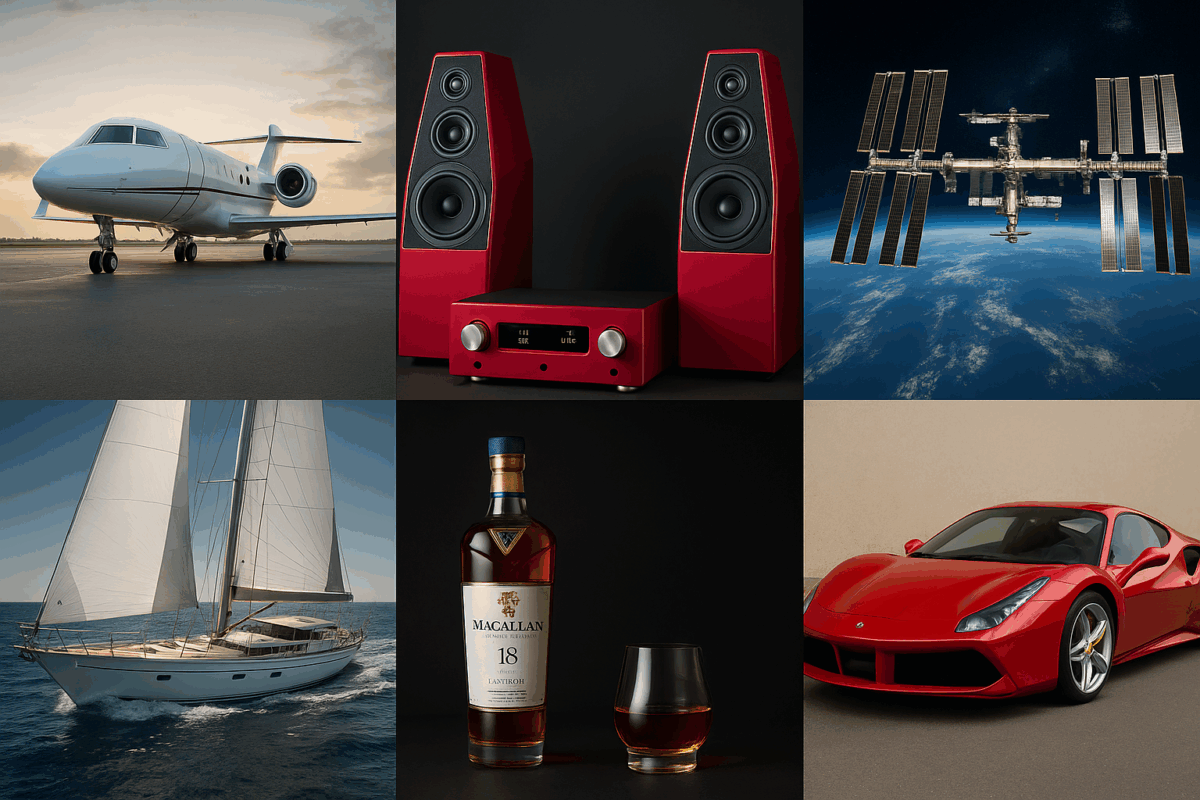
Measuring the Relative Cost of Audio Experiences
- Jun 03, 2025










